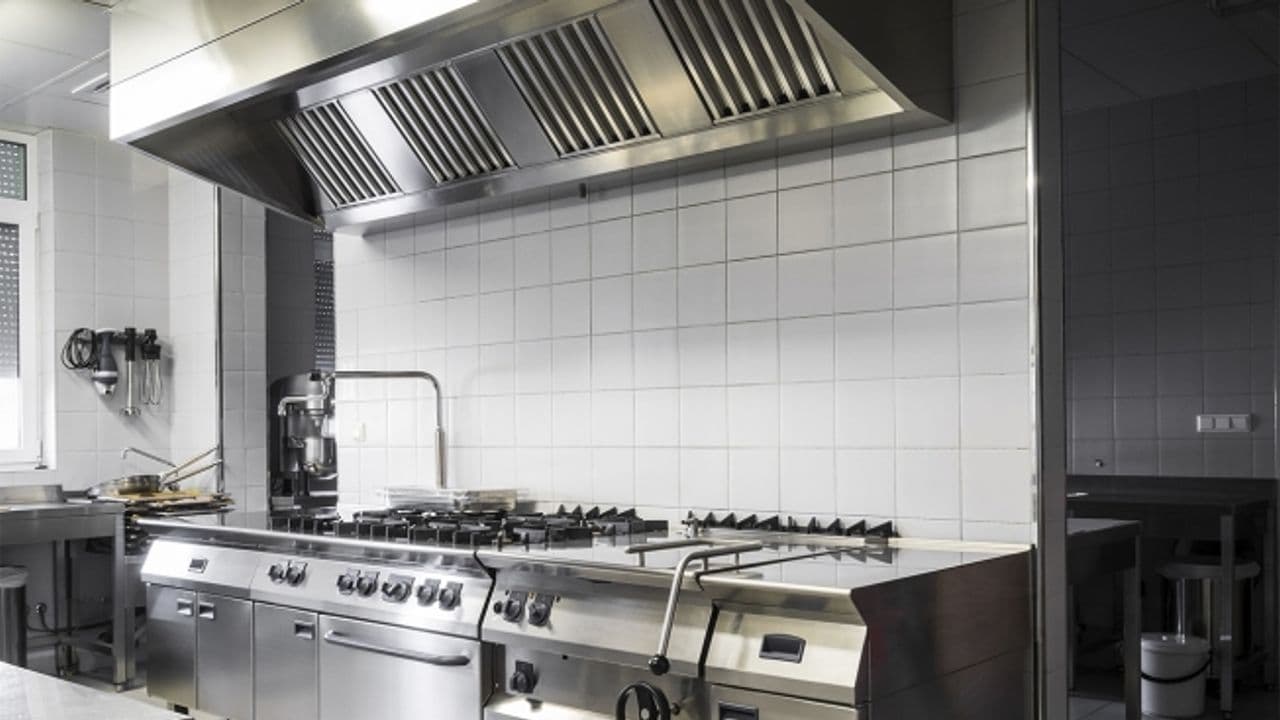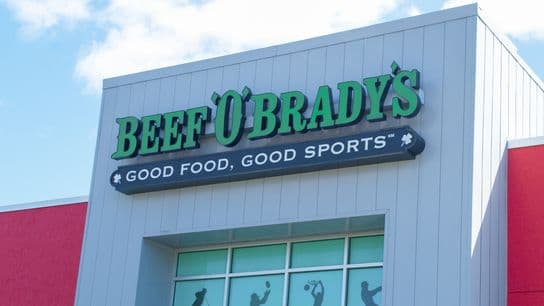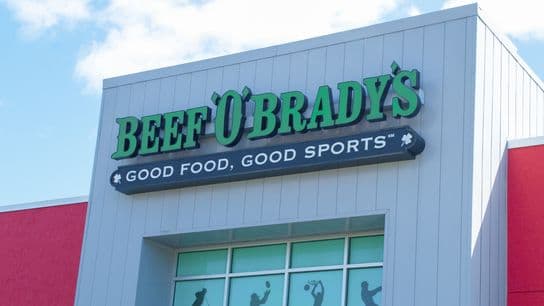This Technology Can Make Your Kitchen Work Smarter, Not Harder
By implementing better technology into the kitchen, restaurants can cut back on labor costs and increase their bottom line.
You have two major “cost centers” at your restaurant. One is food and beverage. The other is labor. Which one do you think is most problematic? For most restaurants, the answer is labor. Between higher wages and new labor regulations, restaurants are facing a labor crisis—and their existing, outdated processes are only making the problem worse. Fortunately, a restaurant can increase productivity through better training, better kitchen and dining layouts, and, most importantly, better technology.
Here are three ways to make your kitchen work smarter—not harder.
Make Your Kitchen Appliances Smarter
It’s important to make formerly “dumb” objects “smart.” This is usually accomplished by placing a sensor on the object to collect and transmit data. These days, a lot of new kitchen technology already comes equipped with such technology—such as refrigeration, lighting, HVAC, fryers. As more devices come online, restaurants can monitor the kitchen via a command center platform to keep track of more in depth information on the status of their equipment, their inventory and their cooking process.
Yum! Brands, for example, uses Kitchen Brains’ Quality Production Management application to automate and streamline food production in its KFC restaurants. The system wirelessly networks the company’s cooking appliances, automates food production and provides real-time remote monitoring and administration. This has improved labor productivity and food availability and quality, while also increasing sales and lowering costs.
Many are predicting that by 2020, the connected kitchen will contribute to at least 15 percent savings in the food and beverage industry. Many of these wins will come from the ability to leverage big data analytics to perform tasks such as real-time inventory management of menu items.
Find appliances that do the cooking for you
Many cooking procedures can be reduced to touch-panel presses. Combining steam and convection cooking, “combi-ovens,” for example, can duplicate just about any cooking procedure while shaving off up to half the time. For example, many fried chicken chains have adopted combi-ovens to replace deep frying. First seen in European commercial kitchens, which tend to be smaller, they’re now found in most new restaurant construction and most culinary schools. Fryers are also working faster through quicker recovery times, allowing cooks to throw in one frozen batch after another.
Other kinds of rapid-cook ovens have also found their way into more American restaurant kitchens. They have made it possible for rushed customers to enjoy customized pizzas, and other items like pastries are now able to be completed in minutes. In one Seattle property owned by James Beard Award-winning chef and restaurateur Tom Douglas, famous for its pot pies, a ventless fast-baking oven browns the pie through convection and is then warmed via the microwave.
Automate the Ordering Process
In 2015, McDonald’s was among the first to roll out self-service kiosks in restaurants across the U.S. This allowed customers to order and pay for their food without ever having to interact with a human. The touch-screen technology is meant to speed up the ordering process and give people more control over customizing their food, while reducing opportunities for human error.
Panera Bread did something similar. In 2014, the chain launched Panera 2.0, which was designed to implement mobile ordering and self-ordering kiosks. The company has since reported an increase in sales by 6.2 percent.
While kiosks will never truly replace the need for employees, they could, however allow operators to move some workers away from the cash register and into the kitchen to help speed up customer service and better handle traffic during busy times of the day.









